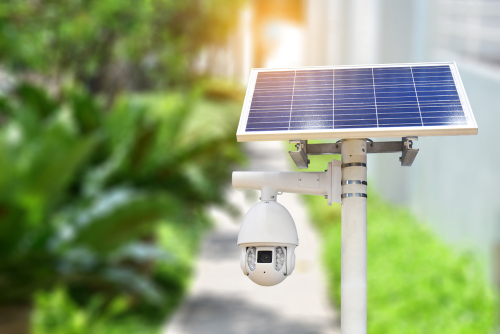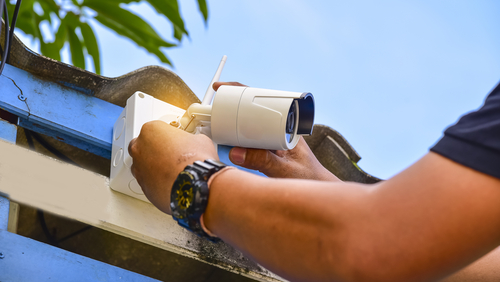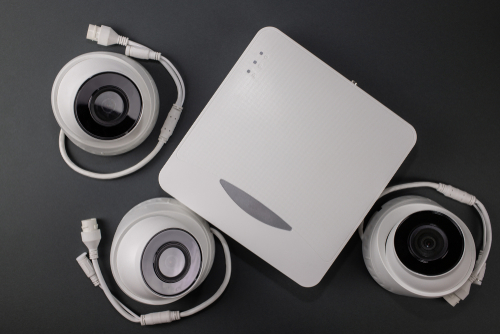
Dome CCTV Camera Buying Guide: What to Look For
July 28, 2023
Guide to Choosing Home CCTV Cameras for Pet Owners
August 22, 2023Must-Have Features For An Effective CCTV System
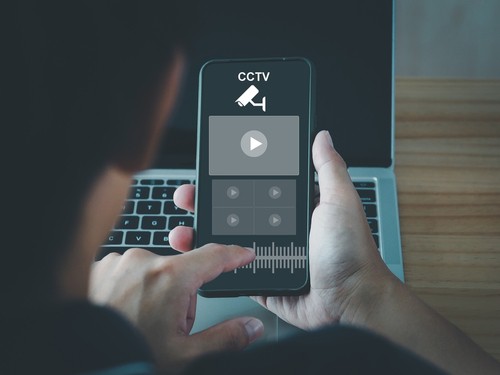
Must-Have Features For An Effective CCTV System
Must-Have Features For An Effective CCTV System. When it comes to safeguarding your property and loved ones, a well-designed and efficient CCTV system is essential.
In this article, we’ll explore five must-have features that can make your CCTV system truly effective in providing top-notch security and surveillance.
Must-Have Features For An Effective CCTV System
1. High-Resolution Cameras
High-resolution cameras are crucial for capturing clear and detailed images, allowing for better identification and evidence collection.
Benefits:
- Facilitates facial recognition and identification of intruders or suspicious individuals.
- Provides clearer visuals for monitoring activities and incidents.
2. Night Vision Capability
Criminal activities and security threats don’t always occur during daylight hours. Night vision capability ensures continuous monitoring even in low-light conditions.
Benefits:
- Enables surveillance during nighttime or in areas with poor lighting.
- Increases the effectiveness of your CCTV system 24/7.
3. Wide Dynamic Range (WDR)
WDR technology compensates for extreme lighting conditions, such as bright sunlight or shadows, to maintain image clarity.
Benefits:
- Avoids overexposed or underexposed footage in high-contrast environments.
- Ensures details are visible even in challenging lighting conditions.
4. Remote Viewing and Mobile App Access
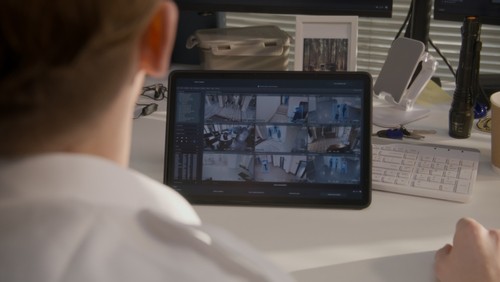
Remote viewing capability allows you to monitor your CCTV system from anywhere using your smartphone or tablet.
Benefits:
- Keeps you connected and informed even when you are away from your property.
- Enables real-time response to any potential security incidents.
5. Motion Detection and Alerts
Motion detection feature triggers alerts when movement is detected in designated areas, reducing the need for constant monitoring.
Benefits:
- Notifies you of potential threats or suspicious activities promptly.
- Minimizes storage usage by recording only when motion is detected.
6. Pan, Tilt, and Zoom (PTZ) Cameras
PTZ cameras offer the flexibility to pan, tilt, and zoom to focus on specific areas or objects.
Benefits:
- Allows for dynamic monitoring of large areas with a single camera.
- Provides the ability to zoom in for detailed observation and identification.
7. Audio Recording and Two-Way Audio
Audio recording and two-way audio enable you to not only see but also hear and communicate with individuals in the surveillance area.
Benefits:
- Enhances situational awareness by capturing audio evidence.
- Facilitates remote communication with visitors or intruders.
8. Advanced Video Analytics
Video analytics technology automates video monitoring and analysis, offering intelligent insights from CCTV footage.
Benefits:
- Detects and alerts you to specific events or behaviors, such as loitering or object removal.
- Reduces the need for constant manual monitoring.
9. Cloud Storage and Backup
Cloud storage provides secure off-site storage for your CCTV footage, safeguarding against data loss due to theft or system failure.
Benefits:
- Offers easy access to recorded footage from anywhere with an internet connection.
- Provides redundancy and data backup for added protection.
10. Integration with Other Security Systems
Integrating your CCTV system with other security systems, such as access control or alarm systems, creates a comprehensive security ecosystem.
Benefits:
- Enables automated responses to security events, such as locking doors when an intrusion is detected.
- Provides centralized management of multiple security components.
Choosing the Right CCTV System for Your Needs
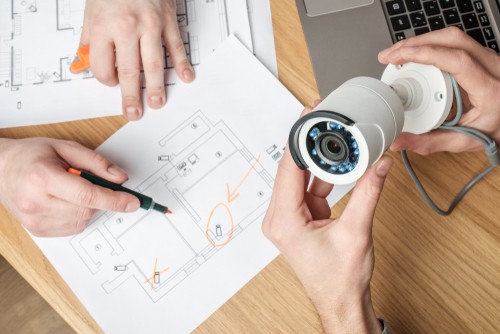
Selecting the right CCTV system is a crucial decision that requires careful consideration of various factors.
Here are essential steps to guide you in choosing a CCTV system that perfectly suits your security needs:
1. Conduct a Security Assessment
- Begin by conducting a comprehensive security assessment of your property. Identify vulnerable areas, points of entry, and critical locations that require surveillance.
- Consider the layout of your property, including indoor and outdoor spaces, and any unique challenges that may affect camera placement.
2. Define Your Objectives
- Clearly define your security objectives and what you aim to achieve with the CCTV system.
- Determine the level of monitoring required, whether it’s deterring potential intruders, enhancing employee safety, or simply observing activities.
3. Consider Camera Types
- Choose camera types based on the specific surveillance needs of each area.
For instance, dome cameras are ideal for discreet indoor monitoring, while bullet cameras are suitable for outdoor coverage. - Explore specialized cameras, such as PTZ cameras for wide-area coverage or fisheye cameras for panoramic views.
4. Evaluate Camera Specifications
- Examine camera specifications, including resolution, lens type, field of view, and low-light capabilities.
- Higher resolution cameras provide clearer images, while lenses determine the level of zoom and focus.
5. Explore Recording and Storage Options
- Determine how long you need to retain CCTV footage and choose recording and storage options accordingly.
- Consider local storage on DVR/NVR systems or cloud-based solutions for off-site backup.
6. Ensure Scalability
- Plan for future growth and scalability. Choose a CCTV system that can accommodate additional cameras or features as your security needs evolve.
7. Remote Access and Mobile App
- If remote access is essential, opt for a CCTV system that offers remote viewing capabilities through a user-friendly mobile app.
- Remote access allows you to monitor your property in real-time from anywhere using your smartphone or tablet.
8. Integration with Existing Systems
- If you have other security systems in place, ensure that your chosen CCTV system is compatible with integration options.
- Integration can enhance overall security efficiency and centralize management.
9. Professional Installation and Support
- Invest in professional installation to ensure optimal camera placement, wiring, and system setup.
- Professional technicians can provide valuable insights and expertise to optimize your CCTV system’s performance.
10. Budget Considerations
- Set a budget for your CCTV system, balancing cost with the desired features and performance.
- Remember that a reliable and effective security system is a valuable long-term investment.
Choosing the right CCTV system is about tailoring security to your unique needs and requirements.
You can design a surveillance network that provides peace of mind and enhances your overall security by conducting a thorough assessment, defining objectives, and evaluating camera types and specifications.
Must-Have Features For An Effective CCTV System – Conclusion
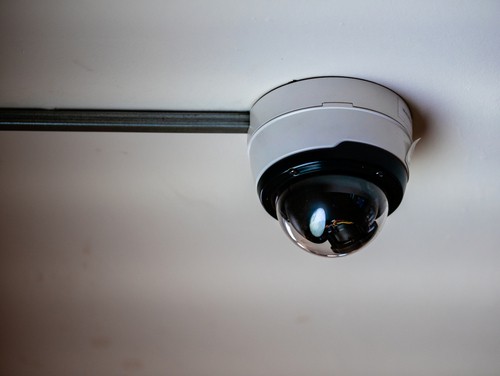
An effective CCTV system with the right features is a powerful tool to deter criminal activities, enhance security, and provide peace of mind.
You can create a robust and reliable surveillance network by incorporating high-resolution cameras, night vision capability, wide dynamic range, remote viewing access, and motion detection.
Ready to elevate your security with an effective CCTV system? Contact us today to explore our range of CCTV solutions and ensure the safety of your property and loved ones.

